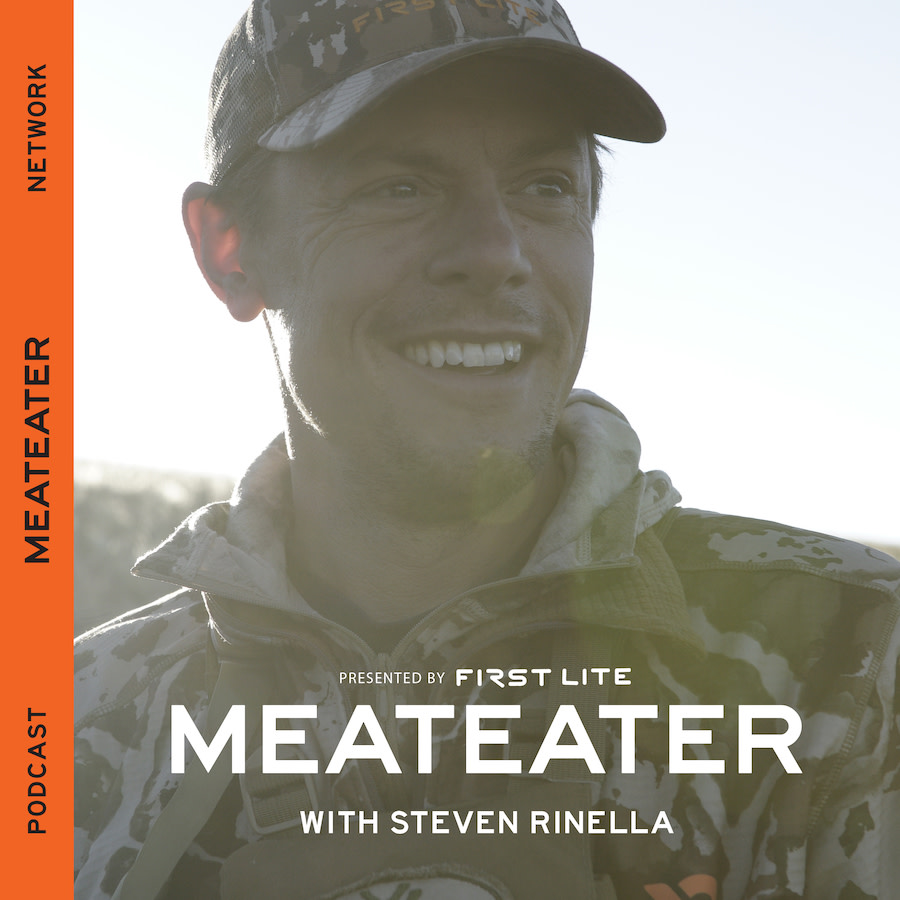WyoDoug
Well-known member
I am going to cover this again. Those who disagree, please be respectful in your disagreement because I do have biological evidence available to post to show it. There are benefits to cooling antelope as soon as you can.
The mean body temperature of pronghorn antelope is 42.1 celcus or 106.16 farenheight. Evidence here: https://academic.oup.com/jmammal/article-abstract/56/3/698/848965?redirectedFrom=PDF
There are many other studies online that substantiate this.
When an antelope senses a threat and runs or chasing competitors off, the core temperature rises. In addition to that, antelopes' adrenal glands pump epinephrine, more commonly known as adrenalin into the blood stream and muscles. This gives the antelope a short term burst of energy that allows them to run at high speeds and for longer distances. This also affects the taste of the meat and the burn off of energy causes the body temperature to warm substantially. This is also why I will never shoot a running antelope. My preferred targets are resting antelope in the early morning and later in the afternoon. I will take a bedded antelope in a heartbeat.
Just at a resting situation, the 106.16 temperature of a pronghorn equates to a very high fever for us humanoids. So does antelope quickly have any benefit? I say it does. The warmer the meat is, the quicker it begins to rot. Some people have never experienced meat based food poisoning from antelope they carried arround in the back of their pickup for a couple hours. I have, four time and it aint purty. Randy's episode on dysentery is a mild example of what I went through.
Hints I would suggest to cool antelope if you can't hang it in the shade as soon as possible :
Now, if I had a late season antelope license where I can hunt in November/December time frame, all I would do is gut and skin the animal and put it into a game bag. The temp then is cold to freezing so cooling is achieved just by skinning and gutting.
Now I realize some will jump on the bandwagon that they do it different. That is cool. This is the way I do it and I am willing to do a side by side taste testing some day to prove it. Once of them challenging is going to happen at my elk hunt. I will post the results. In this case, someone said they won't eat antelope because it is way too gamey. I will prove them wrong just by doing what I suggest here.
The mean body temperature of pronghorn antelope is 42.1 celcus or 106.16 farenheight. Evidence here: https://academic.oup.com/jmammal/article-abstract/56/3/698/848965?redirectedFrom=PDF
There are many other studies online that substantiate this.
When an antelope senses a threat and runs or chasing competitors off, the core temperature rises. In addition to that, antelopes' adrenal glands pump epinephrine, more commonly known as adrenalin into the blood stream and muscles. This gives the antelope a short term burst of energy that allows them to run at high speeds and for longer distances. This also affects the taste of the meat and the burn off of energy causes the body temperature to warm substantially. This is also why I will never shoot a running antelope. My preferred targets are resting antelope in the early morning and later in the afternoon. I will take a bedded antelope in a heartbeat.
Just at a resting situation, the 106.16 temperature of a pronghorn equates to a very high fever for us humanoids. So does antelope quickly have any benefit? I say it does. The warmer the meat is, the quicker it begins to rot. Some people have never experienced meat based food poisoning from antelope they carried arround in the back of their pickup for a couple hours. I have, four time and it aint purty. Randy's episode on dysentery is a mild example of what I went through.
Hints I would suggest to cool antelope if you can't hang it in the shade as soon as possible :
- Gut it asap. If you need an explanation of why, talk to a butcher or biologist.
- Remove the hide. The hide holds in heat and there are glands in the fat under the skin that affect how well the meat will taste. Cover it with a full size game bag to protect it from flies and insects.
- Keep it out of sunlight. No explanation needed.
Now, if I had a late season antelope license where I can hunt in November/December time frame, all I would do is gut and skin the animal and put it into a game bag. The temp then is cold to freezing so cooling is achieved just by skinning and gutting.
Now I realize some will jump on the bandwagon that they do it different. That is cool. This is the way I do it and I am willing to do a side by side taste testing some day to prove it. Once of them challenging is going to happen at my elk hunt. I will post the results. In this case, someone said they won't eat antelope because it is way too gamey. I will prove them wrong just by doing what I suggest here.





